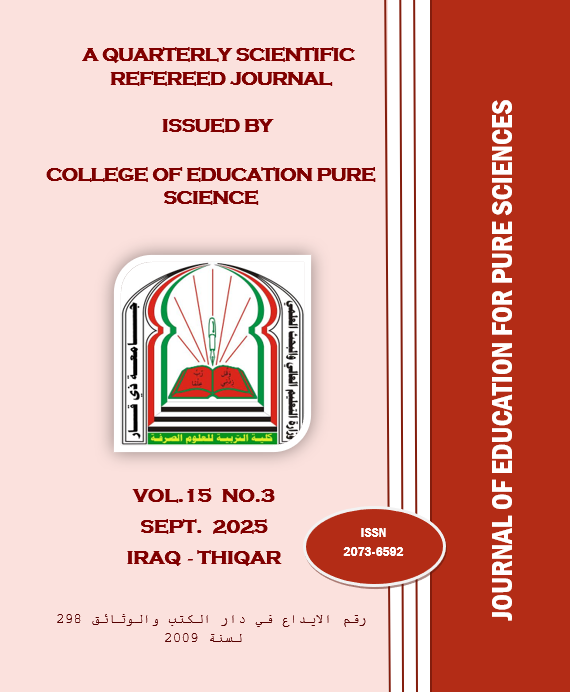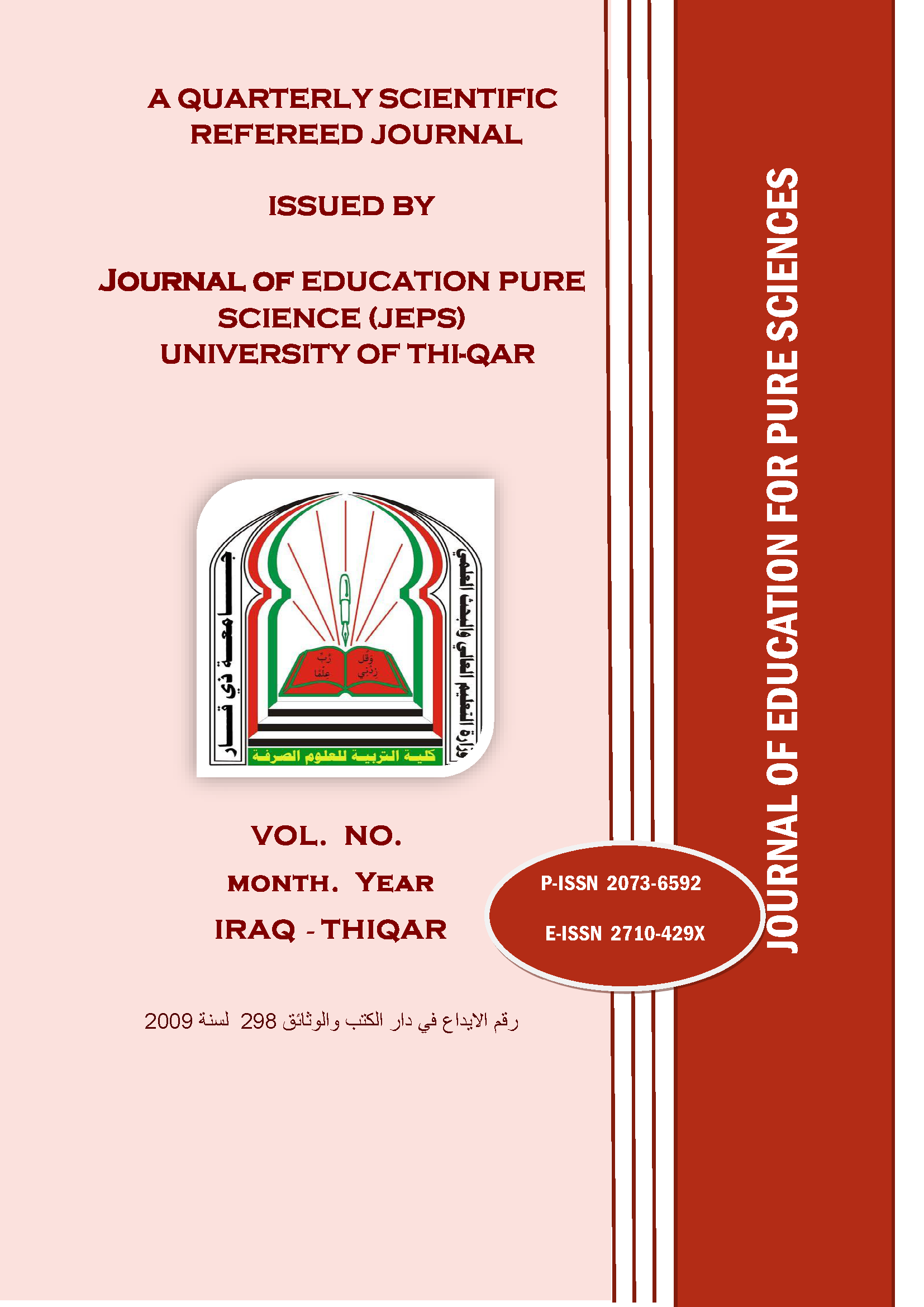liver diseases detection and classification using deep learning algorithms
DOI:
https://doi.org/10.32792/jeps.v15i3.698Abstract
Liver disease is one of the most common human diseases that are difficult to detect early. Advances in information technology, particularly artificial intelligence (AI), advanced neural networks, and the availability of computed tomography (CT), ultrasound, and MRI images, have contributed to the development of models that can be used to detect and classify liver diseases. Our proposed study will focus on the importance of preprocessing and feature extraction to achieve high diagnostic accuracy. This involves identifying regions of interest (ROIs) and segmenting the liver. We identify the liver's center point from the images and feed it into a convolutional neural network (CNN). The CNN is trained on this part of the image. The remaining part of the image is then fed into the CNN, and the CNN is trained on this part. Two networks, one for each segment, are used. The features from both segments are then combined to provide a clear visualization for the network. Therefore, image segmentation to identify the region of interest is important for improving classification accuracy and more effective disease diagnosis. Our proposed study used various advanced neural network models and achieved good results that outperformed previous studies. The ResNet50 model achieved the highest accuracy of 97.94%, the Resnet101 model achieved an accuracy of 97.42%, and the custom convolutional neural network achieved an accuracy of 92.11%. Through these results, we note significant progress in the classification of liver diseases and the potential of the models used in detecting and classifying liver diseases. They can be used by doctors to assist them in their workflow to diagnose liver diseases and integrate these models.
Downloads
Published
Issue
Section
License
Copyright (c) 2025 Journal of Education for Pure Science

This work is licensed under a Creative Commons Attribution-NonCommercial-NoDerivatives 4.0 International License.
The Authors understand that, the copyright of the articles shall be assigned to Journal of education for Pure Science (JEPS), University of Thi-Qar as publisher of the journal.
Copyright encompasses exclusive rights to reproduce and deliver the article in all form and media, including reprints, photographs, microfilms and any other similar reproductions, as well as translations. The reproduction of any part of this journal, its storage in databases and its transmission by any form or media, such as electronic, electrostatic and mechanical copies, photocopies, recordings, magnetic media, etc. , will be allowed only with a written permission from Journal of education for Pure Science (JEPS), University of Thi-Qar.
Journal of education for Pure Science (JEPS), University of Thi-Qar, the Editors and the Advisory International Editorial Board make every effort to ensure that no wrong or misleading data, opinions or statements be published in the journal. In any way, the contents of the articles and advertisements published in the Journal of education for Pure Science (JEPS), University of Thi-Qar are sole and exclusive responsibility of their respective authors and advertisers.





